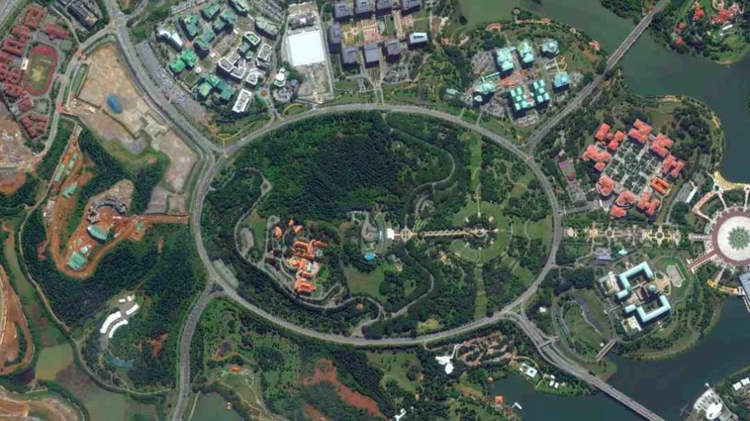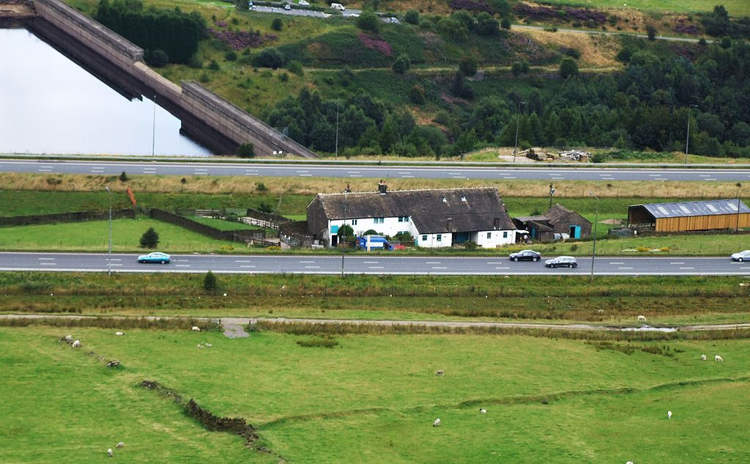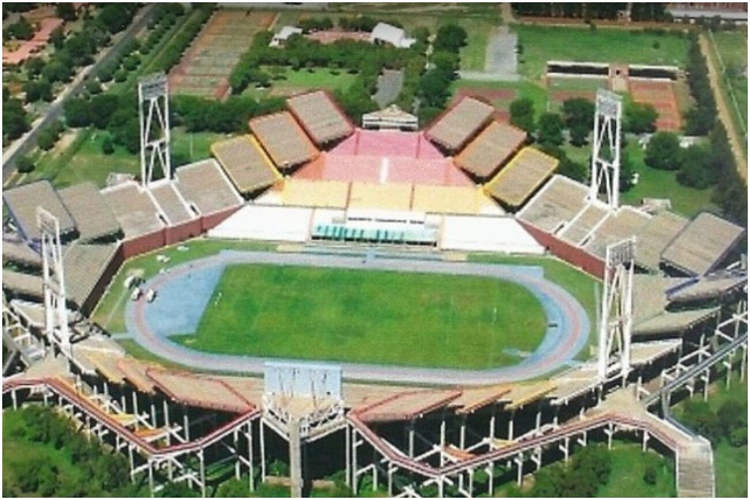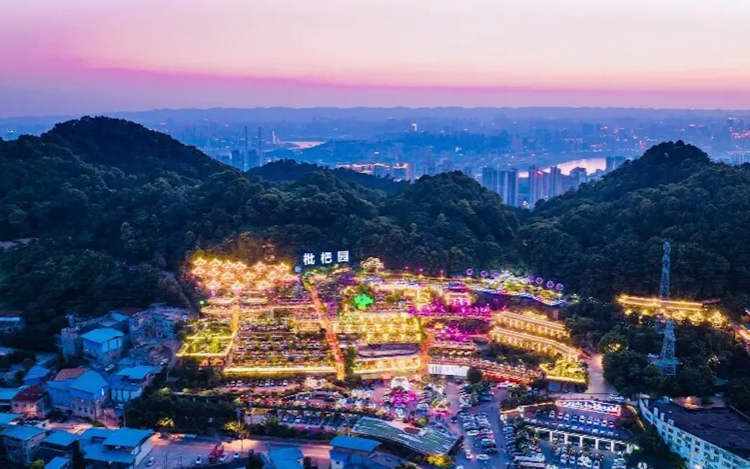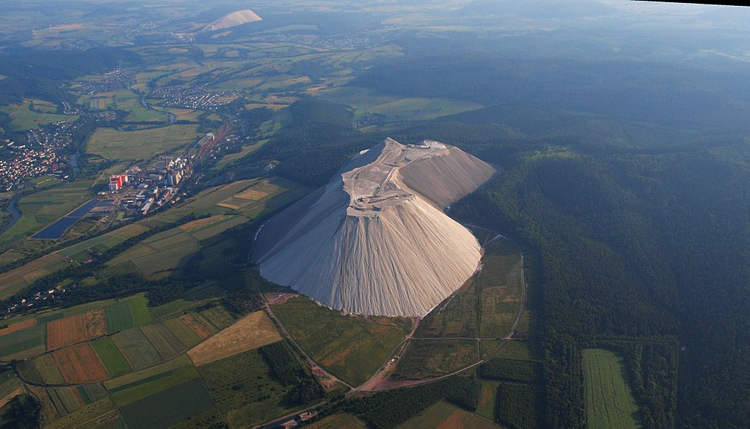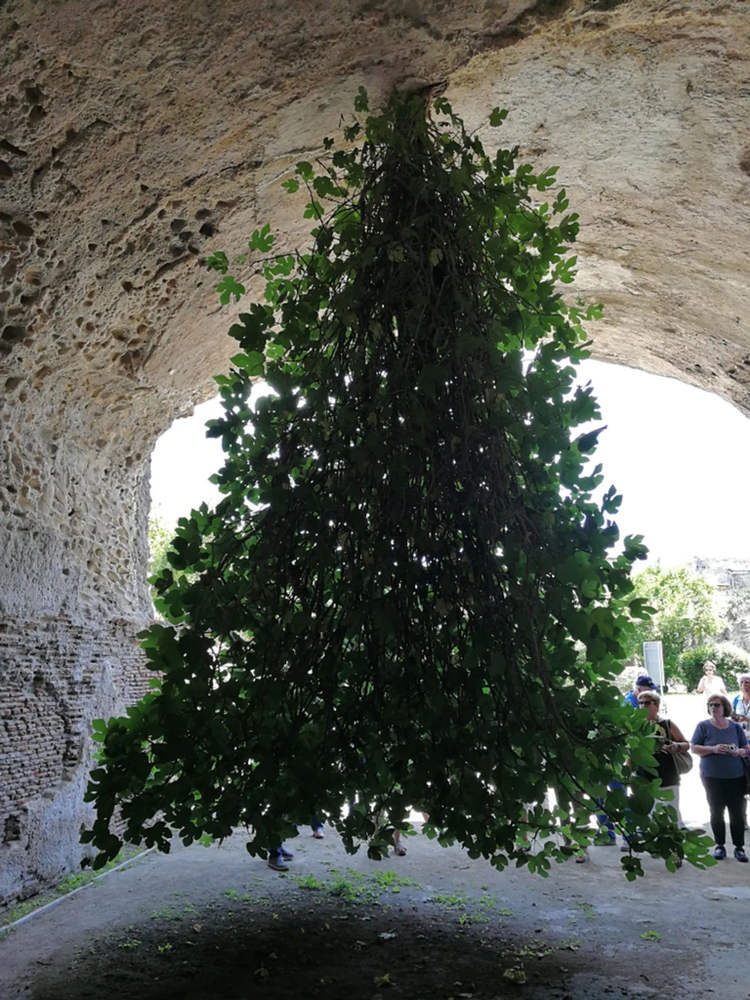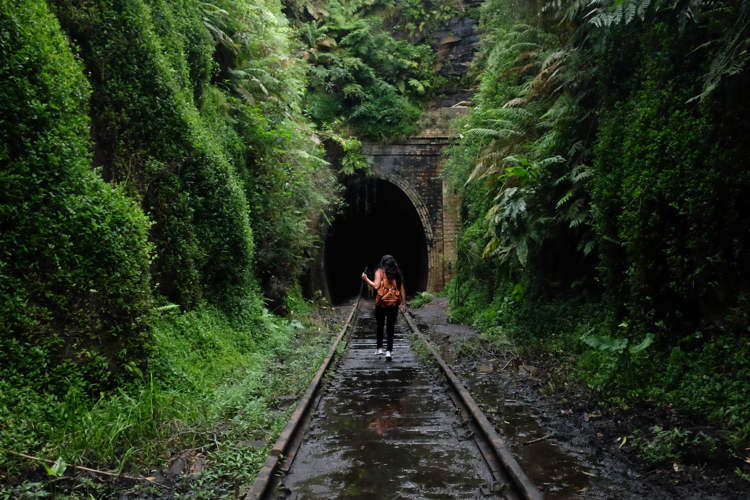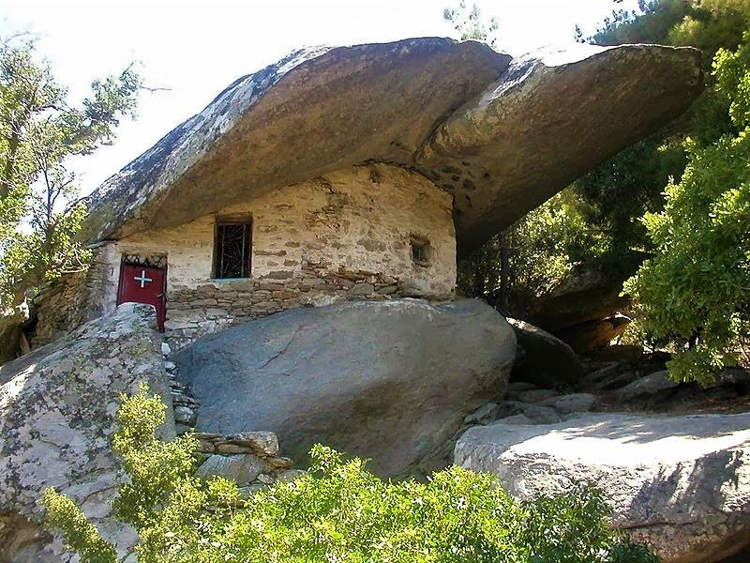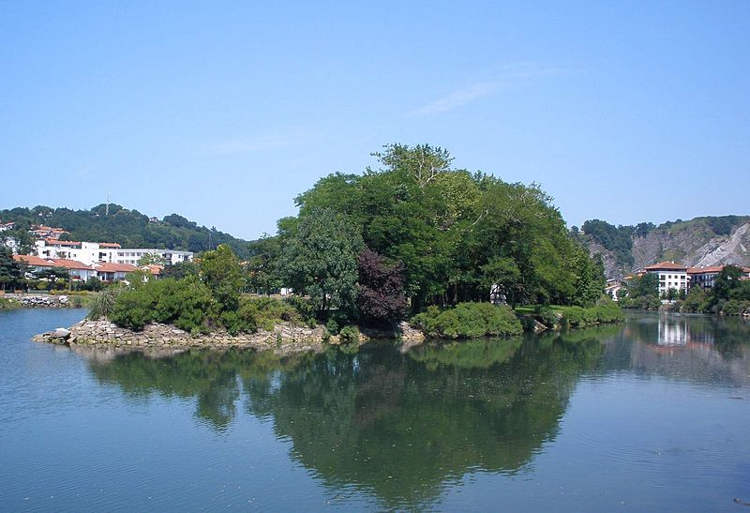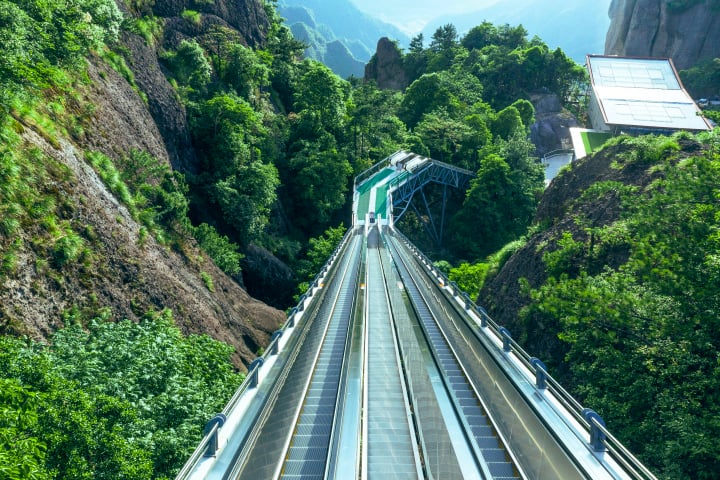A pyramid-shaped peak in Antarctica’s Ellsworth Mountain range has been fueling all sorts of conspiracy theories involving aliens and ancient civilizations for at least seven years.
Satellite images of a pyramid-shaped mountain peak in Antarctica first appeared on the internet in 2016. Measuring 2 kilometers square in each direction at its base, a design reminiscent of Egyptian pyramids, the geological structure instantly became the inspiration to all sorts of online conspiracy theories. Some claimed that it had been built by an ancient civilization 10,000 years ago when Antarctica was warm, while others said that it was the work of aliens. But while it’s true that a naturally-occurring pyramid of that size seems unlikely, geologists would tell you that this is actually just that, a mountain that happens to look like a pyramid.



